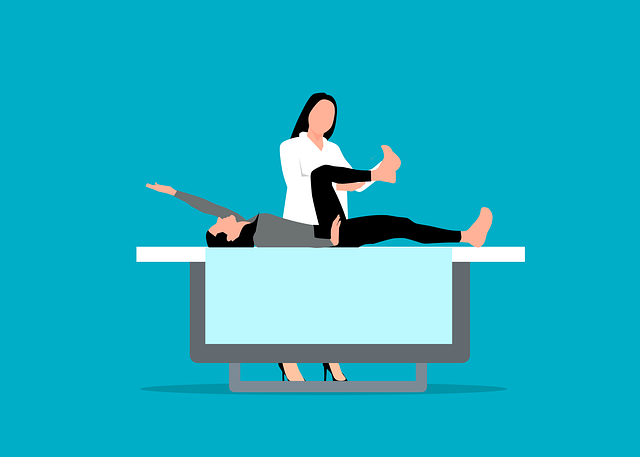This was originally a newsletter to my email subscribers. If you like the content and want easy access when it first comes out, subscribe here.
While most podiatrists and foot/ankle specialists were recommending rolling your aching foot over a frozen water bottle and trying to sell you more orthotics, X-rays, and physical therapy….
I was feverishly searching for answers.
I’ve never been a fan of medical care because I knew what I would get from them.
After being talked into it by family, I reluctantly visited 2 different doctors only to be let down.
No actionable advice, no explanation of what was really going on, no hope either.
I knew there was something distinctly wrong and I was determined to figure it out.
What I eventually came across was 2 major findings that I would summarize as this:
People with Plantar Fasciitis (heel pain) have:
1). A big toe pinched in by narrow footwear, causing restricted blood flow into the foot
2). Tight calf muscles, also restricting blood flow
Today, we’re focusing on 2 muscles in the lower legs that are likely contributing to your discomfort.
Those muscles are the tibialis posterior (left) and the soleus (right).


The tibialis posterior is the key stabilizing muscles of the lower leg and is a big player in foot pronation and ankle supination.
The soleus is an important muscle, just under the gastrocnemius, leading into the achilles tendon.
If you have pain in your foot, it’s highly likely these muscles are tight and not functioning properly for you.
What I came across in my journey is that this was exactly the case for me. I had several areas in my lower legs that were severely tight, and once I released them, I felt immediate improvement.
What I did was some myofascial release work (self-massage) in these areas.
For the tibialis posterior, I took a small massage ball and went from the top of my lower leg by the knee down to the ankle bone, pressing that muscle into the tibia bone on the inside of my leg and holding it on the tender spots.
For the soleus, I found a method of crossing my back leg over the affected leg while on hands and knees, to use my opposite shin bone to find and pin tender spots on the leg.
When I found these tender spots, I held them with as much pressure as I could handle for about 20-30 seconds at a time and then looked for more.
This is what brought me the most relief and I just made a video showing you how to do both of these techniques:
Please share the video and this article so more people can eliminate their pain.
This was originally a newsletter to my email subscribers. If you like the content and want easy access when it first comes out, subscribe here.


Leave a Reply